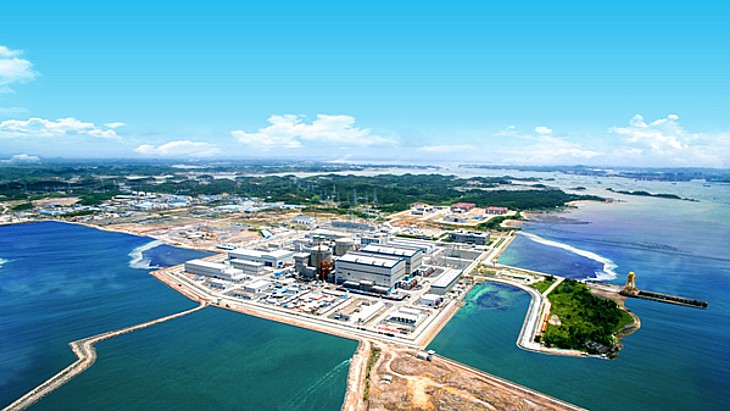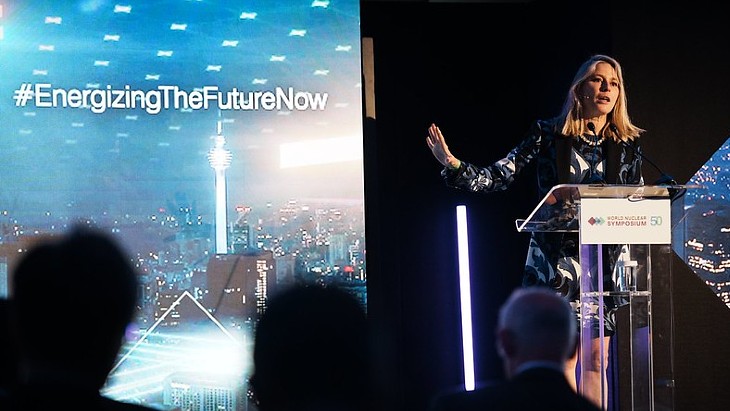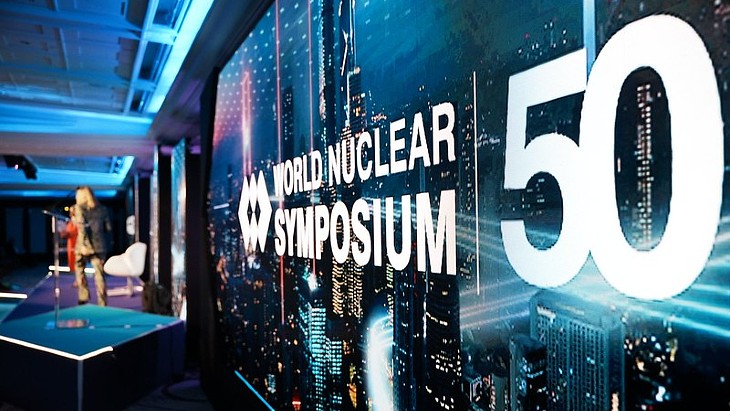GeoProMining bought a 60% stake in the Zangezur operation at the end of September, according to a News.AM report. At around the same time, GeoProMining donated 25% of its own shares to the Armenian state. Trotsenko met with Armenia's Prime Minister, Nikol Pashinyan, on 2 October, who thanked him for the move.
"We are happy for the cooperation with the Armenian government," said Trotsenko, "which will allow us to stabilise the situation around Zangezur and carry out large-scale and long-term investment programmes in Armenia's mining sector, the total volume of which will reach around USD4 billion."
Trotsenko bought 48% of GeoProMining in March 2019 and a further 50% in January, according to Prime news agency.
GeoProMining plans to build a copper smelter at Zangezur, which Pashinyan noted would increase demand for electricity: "The successful implementation of the programme is important for us and we hope that they will give a new impetus for the implementation of the programme of constructing a new nuclear power plant in Armenia." Pashinyan added: "The Republic of Armenia is interested in that programme and will support its maximally effective implementation."
On 6 October, Pashinyan mentioned GeoProMining's proposal for a new nuclear power plant in parliament, saying "negotiations have already started."
Armenia has long been in discussions with Russia about replacing its Metsamor nuclear power plant, which comprises two Russian-built 376 MWe VVER reactors which started operating in 1976 and 1980, respectively. Both units were taken off line in 1988 due to safety concerns regarding seismic vulnerability, although they both continued to operate and had not sustained any damage in a major earthquake in the region earlier that year. Unit 2 was restarted in 1995, and is subject to ongoing safety improvements. Unit 1 is now being decommissioned while unit 2 accounts for some 39% of total electricity generation in the country.

.jpg)



_92619.jpg)
_84504.jpg)

_58447.jpg)




